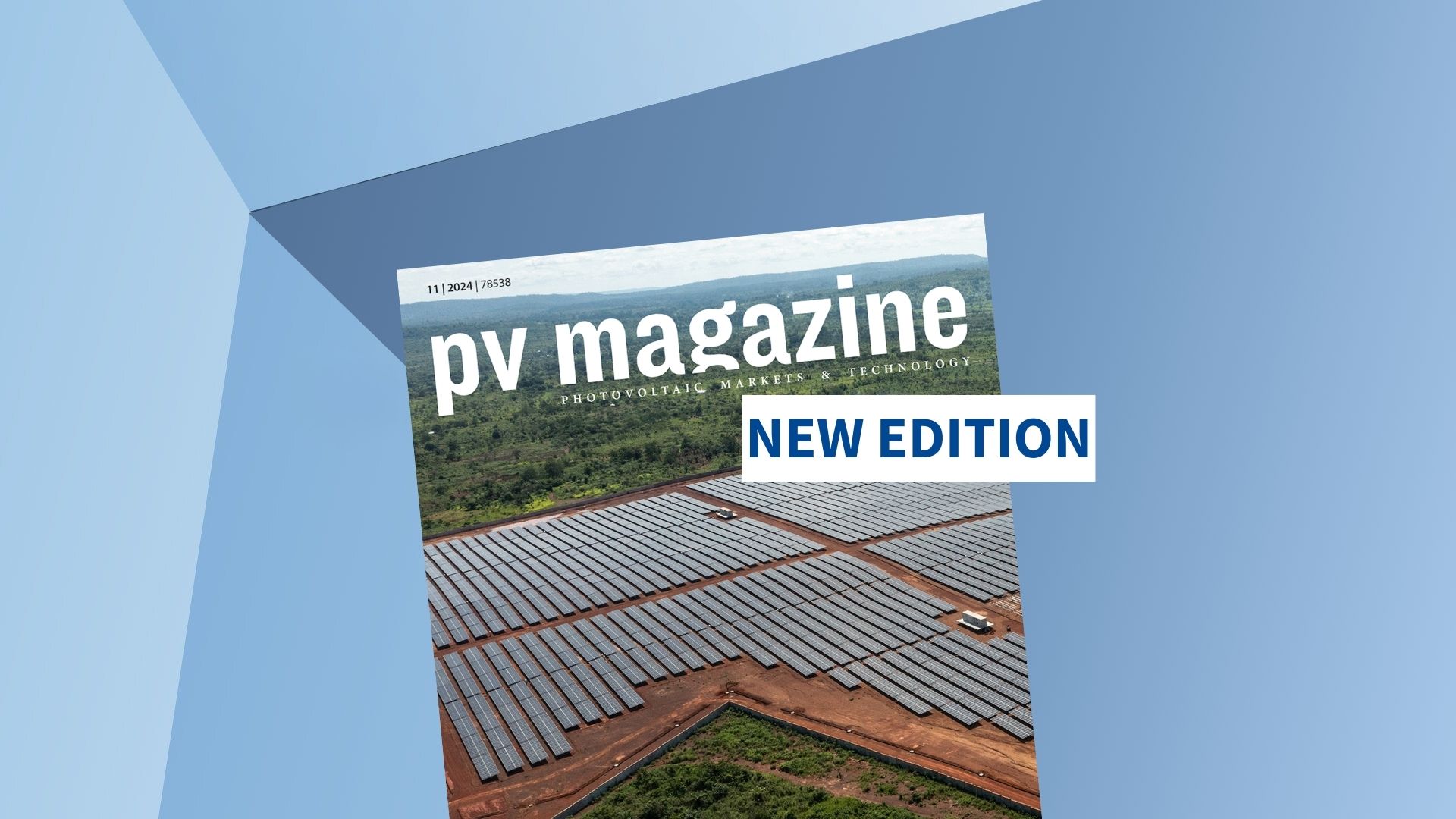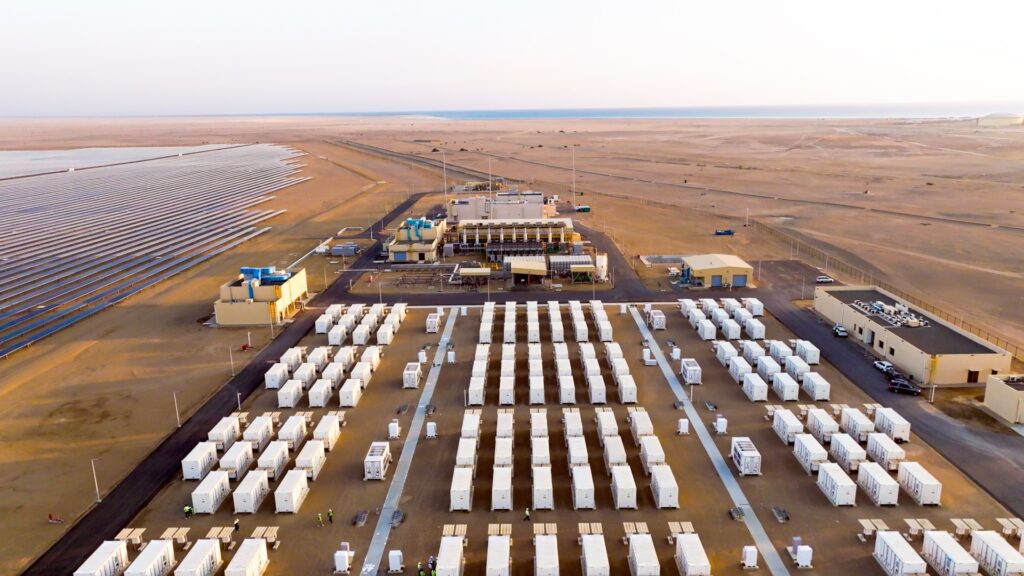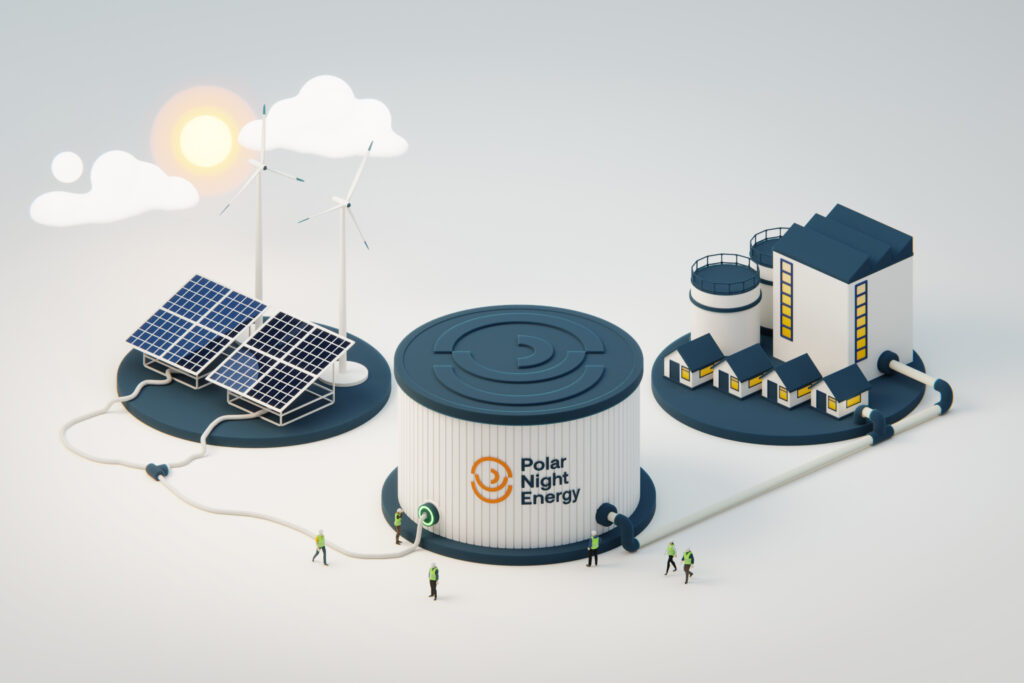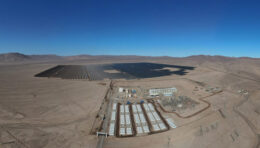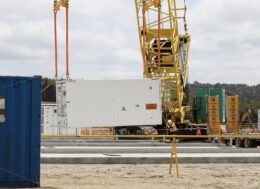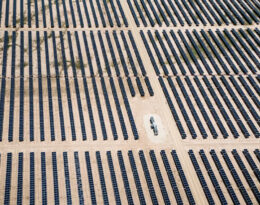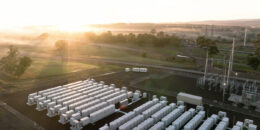Key trends in battery energy storage in China

China has been leading the world in terms of both manufacturing and deployment of battery energy storage systems. What are the key developments that we are seeing in the market today?
Last year, China installed around 20 GW of battery energy storage systems, which is as much as it has deployed to 2023 cumulatively. This year, the market is continuing its rapid growth with front-of-the-meter assets accounting for more than 90%, and standalone systems amounting to 60% of the figure.
While utility-scale projects account for the lion’s share of the newly added capacity, the deployment in the commercial and industrial (C&I) and residential sectors is advancing rapidly with a strong focus on combining design and functionality. We are also seeing diversification of large-scale storage technologies, with flow batteries becoming more prominent. Compressed air, sodium-ion, flywheel, and gravity storage systems are finding their way to the grid. Meanwhile, the lithium-ion sector is evolving new safety solutions and system design with higher energy density.
Policy guidance and strong renewables growth have been the key drivers of storage deployment in China. What other factors are propelling the growth?
Policy mandates requiring wind and solar plants to install a certain rate of storage and time of use electricity pricing have been crucial in the acceleration of storage deployment. The renewables growth is posing growing challenges to the grid, and some provincial governments have already upped their mandatory ratios for energy storage projects to 20%, up from 10% a couple of years ago. However, as the electricity market continues to evolve, standalone battery energy storage systems are emerging as the preferred option. Compared to colocated systems, standalone projects offer greater scalability and flexibility in site selection and better optimization for grid support.
What are the main revenue streams for standalone battery storage projects in China today?
Business models can be different depending on the province and local regulations. Capacity leasing to owners and operators of renewable energy plants can account for around 50% of the revenues. Arbitrage can bring about 20% to 30% of total revenues, but this is possible only in those provinces which have already launched official spot market operations, such as Shanxi, Guangdong, Gansu, and Shandong. Meanwhile, in other provinces, such as Donjiang, this is not possible, and the systems can only bank on leasing.
In some provinces, such as Xinjiang, the grid operator will pay the systems for providing peak shaving, and this can account for even up to 40% of standalone battery revenues. The sale of frequency response or ramping services to system operators can also be part of the revenue stack. However, there are not many systems that provide frequency response as the systems need to be charged and discharged multiple times a day, so the effect of such operation on the system health is not clear.
What is the average storage duration for large-scale battery systems in China?
This will again differ from province to province depending on the needs of the local grid, but most systems deployed today have a storage duration of four hours. In some provinces, such as Xinjiang, there are even regulations that proscribe mandatory storage duration of four hours. Meanwhile, in Shanghai or Shangdong, the sweet spot is a two-hour storage duration.
With the revenue stack still under development, what other support can battery storage projects tap?
Project owners can also get subsidies from provincial governments or grid operators. However, this is not big money as the Chinese government has become more cautious when it comes to investing in renewables. There is still a lot of investment going into the storage industry, but the government has also learned its lessons from the solar industry and will not go the same path again.
For example, if you invest in a C&I system in the Jinjiang province, you could get around CNY 300/kWh in OPEX subsidies. West and north are particularly in need of storage due to the high percentage of renewable energy in the mix. In these parts of the country, there is far less industrial development underway, so local governments are looking to encourage it by asking for locally produced energy storage systems. This has also put a strain on the energy storage industry.
There is a lot of talk about overcapacity in the battery storage market in China and rapidly falling prices. Meanwhile, some industry players are claiming that there is no overcapacity on the system level, but rather only on the cell level. How is the industry dealing with these circumstances?
The industry in China continues to innovate and develop even better products. However, not everyone will manage to survive the looming consolidation. Those who do will thrive and drive the industry to the next level. A CEO of a famous company once said that 80% of the energy storage market players will go under over the next two years. The big players, such as BYD and CATL, are diversified across energy storage and EV sectors and this is making them strategically strong. However, I believe that the newcomers to the market should focus on only one segment to better cope with the market dynamics.
What can we expect from the Chinese market this year and beyond?
A lot of dynamic and innovative developments delivering more refined applications in a highly competitive environment. That is to say, now is the right time for companies from abroad to explore partnerships with Chinese companies through associations such as EESA, which counts more than 300 members, including core suppliers, integrators, and investors. In terms of deployment, we expect a 100% growth in 2024 to reach 80 GWh in China alone and globally 150 GWh.
How much of this capacity will be supplied by Chinese companies?
According to our assessments, China currently hosts around 300 GWh of annual BESS manufacturing capacity. Clearly, this is more than we need globally, but it’s also important to mention that not all lines are in full use today.

